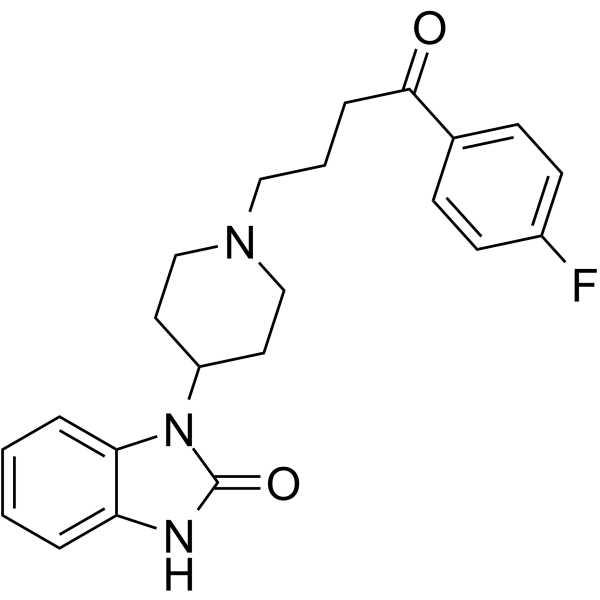[The neuroleptic malignant syndrome].
S Dammers, T Zeit, M Leonhardt, V Schär, M W Agelink
Index: Dtsch. Med. Wochenschr. 120(50) , 1739-42, (1995)
Full Text: HTML
Abstract
A 22-year-old oligophrenic patient had on several occasions over several months been given various neuroleptics (haloperidol, benperidol, levomepromazine) for exacerbations of paranoid schizophrenia. For a few days before hospitalization he had become quiet and withdrawn, but on the day of admission 100 mg chlorprothixene was administered intramuscularly when he had become agitated. At admission he was somnolent, his general condition was disturbed. He had hyperhidrosis and hypersalivation, as well as tachycardia (112/min) with a normal body temperature of 37.8 degrees C. He also exhibited the cogwheel phenomenon of the limbs and neck, as well as tremor of the hands. The differential diagnosis included inflammatory disease of the brain, sinus thrombosis and, especially, malignant neuroleptic syndrome and febrile catatonia.The activities of creatine kinase (3840 U/l), GOT (75 U/l) and GPT (88 U/l) were all increased. Serum myoglobin was 77 micrograms/l. CSF contained blood and there was pleocytosis of 50/3 cells. The ECG showed sinus tachycardia. EEG, chest radiogram, computed tomography, magnetic resonance imaging and cerebral angiography showed no abnormalities. Febrile catatonia could not be excluded.4 hours after admission the patient began to respond with normal orientation. Shortly afterwards he was able to walk a few steps, i.e. there was no catatonia. But rigor, tremor, hypersalivation and tachycardia persisted and 12 hours later he developed a fever (up to 39.2 degrees C). Blood pressure varied with peak pressures up to 190/110 mm Hg. After 2 days muscle tone had clearly increased so much that voluntary movement was hardly possible. After amantadine administration (200 mg daily) the rigor improved and for the first time body temperature became normal again. There were no signs pointing to psychotic symptoms.Neuroleptic malignant syndrome is difficult to distinguish from febrile catatonia and the diagnosis can often only be made through the clinical course.
Related Compounds
| Structure | Name/CAS No. | Molecular Formula | Articles |
|---|---|---|---|
 |
Benperidol
CAS:2062-84-2 |
C22H24FN3O2 |
|
Radiation dosimetry of N-([11C]methyl)benperidol as determin...
2008-04-01 [Eur. J. Nucl. Med. Mol. Imaging 35(4) , 771-8, (2008)] |
|
Radiation dosimetry of [18F] (N-methyl)benperidol as determi...
1997-05-01 [Nucl. Med. Biol. 24(4) , 311-8, (1997)] |
|
Validation of the reference tissue model for estimation of d...
2008-04-01 [Nucl. Med. Biol. 35(3) , 335-41, (2008)] |
|
[123I]IBZM SPECT in patients treated with typical and atypic...
1997-09-29 [Psychiatry Res. 75(2) , 103-14, (1997)] |
|
[Effect of activation tasks on acute neuroleptic-induced aka...
2000-01-01 [Nervenarzt 71(1) , 30-7, (2000)] |